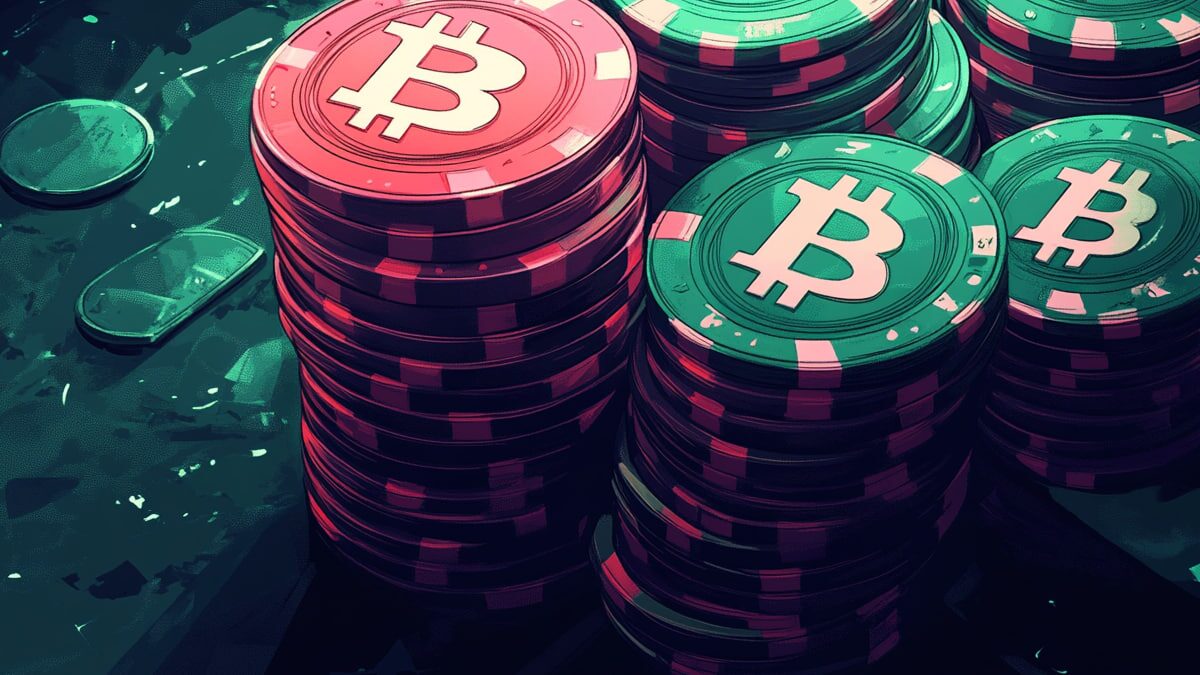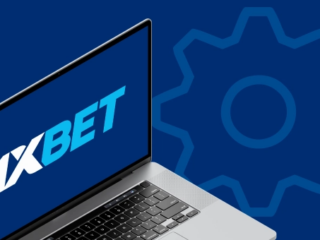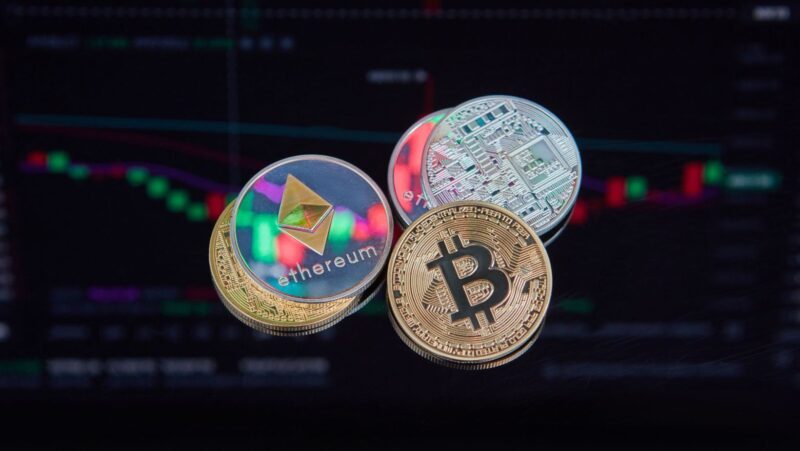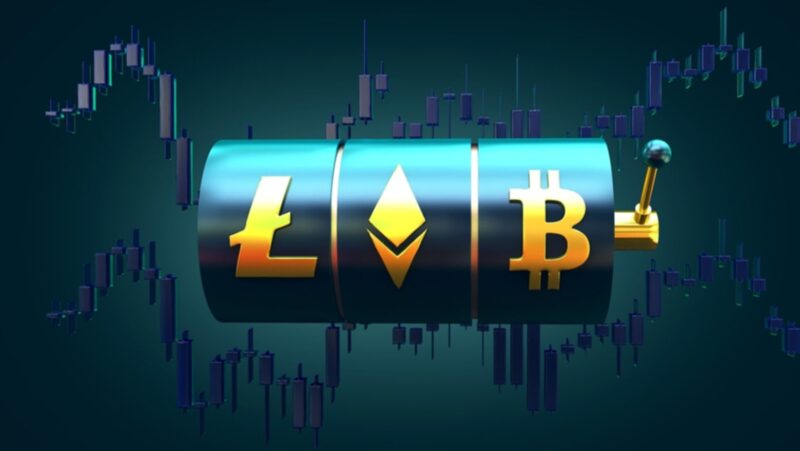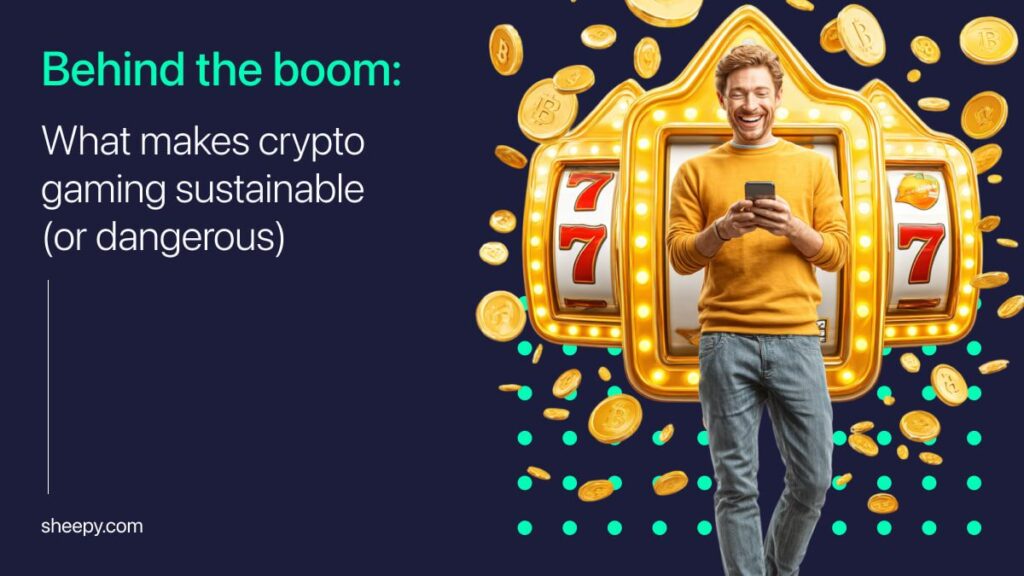
The rise of crypto-powered games has been nothing short of explosive – fuelled by tokenized rewards, borderless payments, and a tech-savvy player base eager for more control. But behind the growth lies a quiet but critical question: is this ecosystem built to last, or is it racing toward systemic risk? From token volatility to weak compliance frameworks, the very infrastructure powering these games can either protect players or expose platforms to collapse. At the heart of this resilience is one core component: a trusted payment gateway that doesn’t just move money, but manages risk where it matters most.
How Token Design Drives or Destroys Economic Balance
Every game that runs on tokens must decide what those tokens mean and how they behave. Some projects create fixed-supply models, hoping that scarcity will build long-term value. Others design inflationary systems, where new tokens are constantly minted and given out as crypto rewards in gaming. The big question is always the same: can the system stay healthy over time?
In many crypto gaming projects, the economy breaks not because people stop playing, but because the token loses its value. When players earn a lot of rewards quickly, the market gets flooded with assets. This makes them cheap, and once that happens, nobody wants to play for something that has little worth. A strong economy needs limits, sinks, and real incentives to keep players engaged. If a game fails to offer this, even the most exciting video games can collapse.
Some developers are turning to dual-token systems to solve this issue. They separate the utility token, which players use in the game, from the governance token, which carries more long-term value. This helps create better stability, but only if players understand what is really being offered. Otherwise, it’s just another chance for speculation. In crypto gaming, sustainability means planning not just for launch, but for year two and beyond.
Even projects like sandbox and crypto arena face this challenge. They may have high user numbers and big brand power, but their long-term future depends on economic design. To build trust, players need to believe in the system, not just the gameplay. Smart tokenomics isn’t just about earning – it’s about survival in the fast-changing world of crypto gaming.
From Engagement to Retention: Designing for Loyalty, Not Speculation
Most crypto gaming projects get their first users from hype. Trailers look sharp, websites promise freedom, and token prices shoot up fast. But when the hype fades, only the strongest designs can hold a player’s attention. The real test isn’t how many users sign up. It’s how many come back after a week, or a month, or longer. That’s where loyalty becomes more important than speculation.
In classic video games, fun keeps players coming back. With gaming crypto, the challenge is trickier. People are not just players – they’re also investors. If the gameplay is weak, they’ll leave once the profit slows down. And when users leave, token value often drops. In this cycle, everything depends on engagement, not on short-term profit. Good games make players care, not just cash out.
Some platforms try to fix this by offering steady crypto rewards in gaming, but this isn’t enough. If the experience itself isn’t engaging, rewards won’t save it. Titles like UFO Gaming Crypto aim to solve this by making skill-based games that reward time and mastery. Loyalty grows when users feel like they’re part of something – not just farming for quick gains. Even a Siege marketplace or a creative space like sandbox can support loyalty, if they put community at the center.
The best crypto gaming projects know this: design must come first. People will play if the content excites them. Speculators will always chase trends, but long-term players want more. They ask, “Is this fun?”, “Is this fair?”, “Is this mine?” When builders answer with great experiences, crypto gaming has a real shot at lasting. Not because of tokens, but because of trust. That’s the future this space needs.
Infrastructure Matters: Why Payment Gateways Shape Trust and Risk
Behind every digital experience is a structure we don’t see. Servers, wallets, bridges, and payment processors make the game possible. In traditional video games, these systems are stable and regulated. But in the world of blockchain and gaming crypto coins, the same trust must be earned – and it often isn’t. The wrong infrastructure choice can turn a working game into a broken promise.
Every time a player buys, trades, or cashes out tokens, the payment flow must be safe. If transactions are slow, exposed, or confusing, users feel it. And when money moves across borders, risk grows. Smart builders know this. They rely on infrastructure providers with a clear track record in security, compliance, and operational reliability. Sheepy crypto offers one such solution, enabling businesses to accept digital currencies while maintaining stability and trust.
That service depends on a trusted payment gateway. Not just to process transactions, but to keep the system reliable when volumes grow and fraud risks rise. Downtime, wallet mismanagement, and token mispricing can damage a platform beyond repair. Stability in payments helps preserve user confidence, especially when real money is involved. This isn’t a background task – it’s a mission-critical component.
In environments like sandbox and crypto arena, frictionless transactions define how people play, spend, and earn. One disrupted transaction can undermine an entire experience. The same goes for NFT ecosystems. It’s not enough to ask what is an NFT; users must also trust that ownership transfers and payments are processed without error. Every element of the pipeline must work with precision.
As crypto rewards in gaming become more sophisticated, platforms must invest in stronger foundations. Infrastructure is not about marketing or appeal – it’s about resilience. Without it, crypto gaming is reduced to a fragile experiment with no lasting value.
Play-to-earn vs Play-and-earn: Redefining Value in Crypto Gaming
There was a time when earning tokens was the only reason many people joined blockchain-based games. That model became known as play-to-earn. The promise was simple: play more, earn more. But the value didn’t last. Most tokens lost their worth quickly. Players stopped coming back. The economy collapsed. So what went wrong?
The problem was not in the idea itself. It was in the balance between effort and reward. Too many systems gave out tokens with no limit. Players farmed rewards rather than enjoying the game. This turned experiences into work. When fun disappears, so does loyalty.
As a result, play-to-earn became a short-term scheme instead of a long-term model. Crypto gaming developers began to see that unsustainable rewards do more harm than good.
That’s where play-and-earn comes in. The shift may sound small, but the meaning is different. Play-and-earn puts gameplay first. Rewards still exist, but they support the experience, not replace it. When players engage because they love the content – not just the outcome – the ecosystem becomes more stable. It encourages skill, creativity, and community. Developers now focus on quality, not just token output. Many crypto gaming platforms are starting to rebuild around this principle.
This also helps answer deeper questions many users ask, such as what is cryptocurrency, and why does it matter here? If crypto is only tied to payout systems, its purpose gets reduced to speculation. But when it’s part of world-building, identity, or ownership, it gains substance. Tokens should enhance the game, not define it.
Projects that understand this difference are building better foundations. They realize that retention is earned, not bought. One strong experience builds more trust than ten token drops. In the end, crypto gaming is not about flipping coins. It’s about crafting digital worlds people want to stay in – even after the profits slow down.
The Hidden Cost of Hype: Energy use, Bots, and Burnout
Growth in web3 projects often comes fast. Tokens rise. Headlines follow. New users pour in. But behind the spike in interest is a set of issues few people want to talk about. When systems grow too quickly, they often break. The results can be invisible at first. Then they surface – through technical failures, fraud, or mass user exits. It’s a familiar cycle, and it always starts the same way: with hype.
High demand often puts enormous strain on blockchain networks. Every transaction, no matter how small, consumes energy. When thousands of players log in to claim rewards or trade assets, the carbon cost adds up. Some chains have improved, but others still depend on energy-intensive models. Without proper scaling or offsetting measures, these platforms contribute to digital waste. The damage is real, even if it’s not always visible on a dashboard. Crypto gaming platforms that overlook these inefficiencies often find themselves facing growing scrutiny from both players and regulators.
Another problem is bots. As platforms grow, they attract not just players, but exploiters. Scripts are written to farm tokens faster than any human can. This skews the economy and reduces real user engagement. Once rewards are drained by bots, legitimate players lose motivation. The system fails to serve the community it was meant to support. Developers often react too late – or not at all. Crypto gaming spaces that lack active anti-bot strategies often collapse under their own economic instability.
Burnout is the final cost. Not just for users, but for creators. Teams chase deadlines. Communities expect constant updates. When the focus is always on growth, quality suffers. A sustainable model must find balance. This means managing scale, enforcing fair rules, and keeping promises. Without those anchors, crypto gaming becomes another fast-burning trend – impressive in its rise, but fragile in its core.
Built to Last, or Ready to Fall?
Sustainability in this space doesn’t depend on buzzwords or token charts. It depends on hard choices. Developers must decide whether they’re building for users or for numbers. Players need reasons to stay when profits fade. And businesses must treat infrastructure not as an afterthought, but as a foundation. The future will belong to those who think beyond launch day. Not every project will survive the shift. But those that do will define what lasting success really means – not just for games, but for an entire digital economy.


